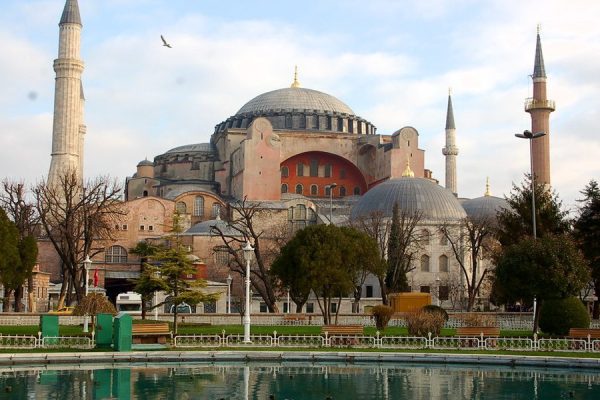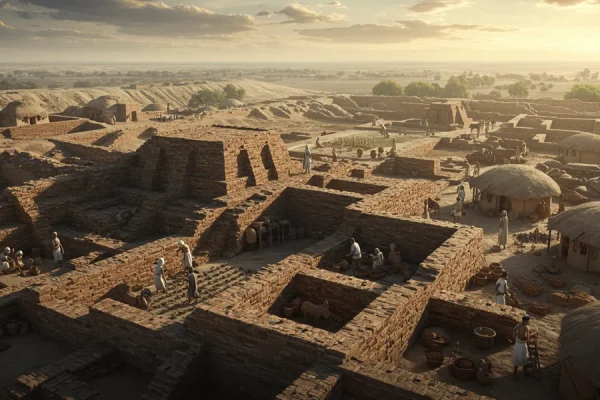Antonie van Leeuwenhoek, born in 1632 in the Netherlands, is often celebrated as the Father of Microbiology due to his groundbreaking contributions to the field. Despite having no formal scientific training, his curiosity and ingenuity led to some of the most significant discoveries in the history of science. Using microscopes of his own design, Leeuwenhoek was the first to observe and describe microorganisms, including bacteria, sperm cells, and red blood cells. His work laid the foundation for modern microbiology and revolutionized our understanding of the natural world.
Leeuwenhoek’s contributions were not limited to microbiology. He also made important observations in anatomy, botany, and even mineralogy. His meticulous approach to recording his findings set a standard for scientific research that continues to influence scientists today.
Early Life and Background
Childhood and Education
Antonie van Leeuwenhoek was born in Delft, Netherlands, on October 24, 1632. His family was of modest means, and he received only a basic education. At the age of 16, he became an apprentice in a linen draper’s shop in Amsterdam. This experience introduced him to the use of magnifying glasses, which were used to inspect the quality of fabrics.
Career and Early Interests
After completing his apprenticeship, Leeuwenhoek returned to Delft and established his own business as a draper. He also worked as a surveyor, wine assayer, and minor city official. Despite his busy professional life, Leeuwenhoek developed a keen interest in lens-making. He began crafting small, high-quality lenses as a hobby, which eventually led to his groundbreaking work in microscopy.
The Invention of the Microscope
Leeuwenhoek’s Microscope Design
Although Leeuwenhoek did not create the microscope, he made substantial enhancements to its design. Early microscopes, such as those used by Robert Hooke, were compound microscopes with multiple lenses. Leeuwenhoek, however, preferred single-lens microscopes, which he crafted himself.
Crafting Powerful Lenses
His microscopes were small, handheld devices made of silver or copper frames. The lenses were tiny, often no larger than a pinhead, but they were incredibly powerful. Some of his microscopes could magnify objects up to 270 times, a remarkable achievement for the time.
The Art of Observation
Leeuwenhoek’s skill in lens-making allowed him to observe details that were invisible to others. He meticulously ground and polished his lenses, achieving unparalleled clarity and precision. Over his lifetime, he created more than 500 lenses and built hundreds of microscopes.
Discoveries in Microbiology
The World of Microorganisms
Antonie van Leeuwenhoek’s most significant contributions were in the field of microbiology. Using his powerful microscopes, he was the first to observe and describe microorganisms, which he called animalcules.
Observing Bacteria and Protozoa
In 1674, Leeuwenhoek examined a sample of lake water and discovered a world teeming with tiny, moving organisms. He described these organisms in detailed letters to the Royal Society in London. His observations included descriptions of bacteria, protozoa, and other single-celled organisms.
Sperm Cells and Red Blood Cells
In 1677, Leeuwenhoek made another groundbreaking discovery he observed sperm cells in humans and other animals. He described their structure and movement, providing new insights into reproduction. He also studied red blood cells, noting their shape and size.
Challenging Spontaneous Generation
Leeuwenhoek’s discoveries challenged the prevailing belief in spontaneous generation, the idea that life could arise from non-living matter. His work provided evidence that living organisms were present even in seemingly clean water, laying the groundwork for the germ theory of disease.
Contributions to Science
Advancements in Anatomy
Leeuwenhoek’s contributions extended beyond microbiology. He made important observations in various fields, including anatomy, botany, and mineralogy.
Studying Muscle Fibers and Capillaries
In anatomy, he studied the structure of muscles, nerves, and capillaries. He was the first to describe the banded pattern of muscle fibers, now known as striated muscle. He also observed the flow of blood through capillaries, confirming William Harvey’s theory of blood circulation.
Insights into Botany
In botany, Leeuwenhoek examined the structure of plants, including the arrangement of cells and the formation of seeds. He also studied the life cycles of insects, providing detailed descriptions of their development.
Contributions to Mineralogy
In mineralogy, Leeuwenhoek analyzed the structure of crystals and minerals. He used his microscopes to study the fine details of these materials, contributing to the field of crystallography.
Setting Scientific Standards
Leeuwenhoek’s meticulous approach to observation and documentation set a standard for scientific research. He kept detailed records of his experiments and findings, often including sketches and measurements. His work was characterized by a commitment to accuracy and objectivity.
Legacy of Antonie van Leeuwenhoek
Revolutionizing Microbiology
Antonie van Leeuwenhoek’s legacy is immense. His discoveries revolutionized science and laid the foundation for modern microbiology. He was the first to reveal the hidden world of microorganisms, opening up new avenues of research in biology and medicine.
Influencing Future Scientists
Leeuwenhoek’s work influenced many scientists who came after him. His observations of microorganisms paved the way for Louis Pasteur’s germ theory of disease and Robert Koch’s work on pathogens. His studies of cells and tissues contributed to the development of cell theory, which states that all living organisms are composed of cells.
Recognition and Honors
In recognition of his contributions, Leeuwenhoek was elected a fellow of the Royal Society in 1680. He corresponded with many leading scientists of his time, sharing his findings and engaging in scientific discussions.
Preserving His Work
Today, Leeuwenhoek is remembered as a pioneer of microscopy and microbiology. His microscopes and lenses are preserved in museums, and his work continues to inspire scientists around the world.
Conclusion
Antonie van Leeuwenhoek was a self-taught scientist whose curiosity and ingenuity transformed our understanding of the natural world. His groundbreaking discoveries in microbiology, anatomy, and other fields laid the foundation for modern science.
By observing the unseen, Leeuwenhoek revealed a hidden world of microorganisms that had previously been unknown. His meticulous approach to research and his commitment to accuracy set a standard for scientific inquiry that continues to influence researchers today.
Leeuwenhoek’s legacy is a testament to the power of curiosity, perseverance, and innovation. His work reminds us that even the smallest discoveries can have a profound impact on our understanding of the world.












